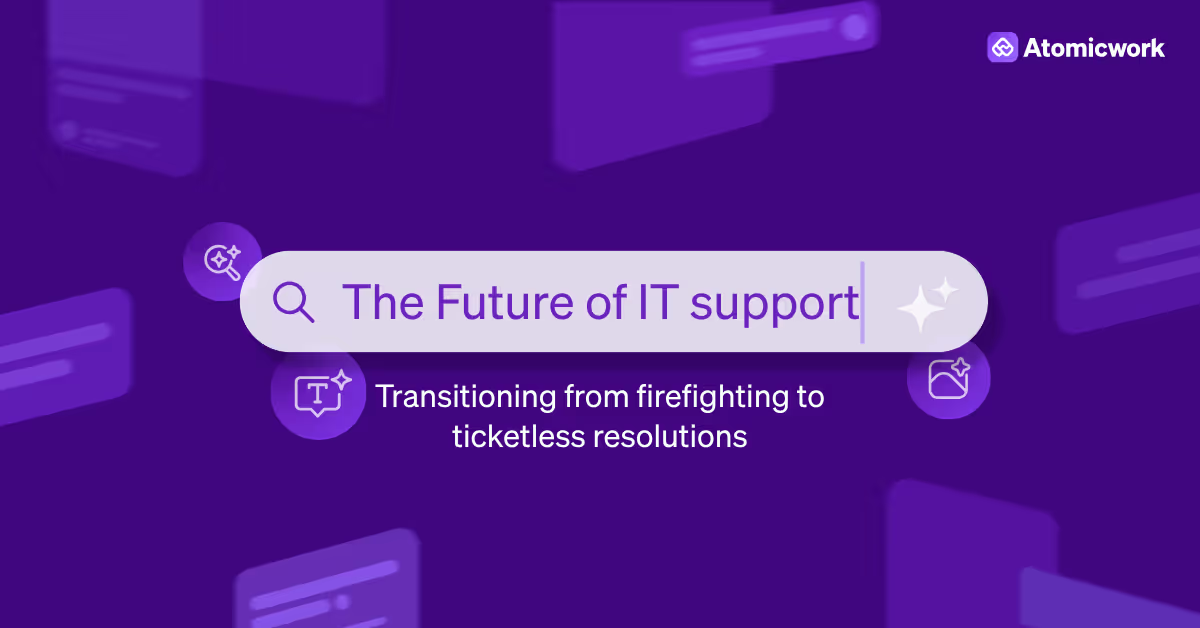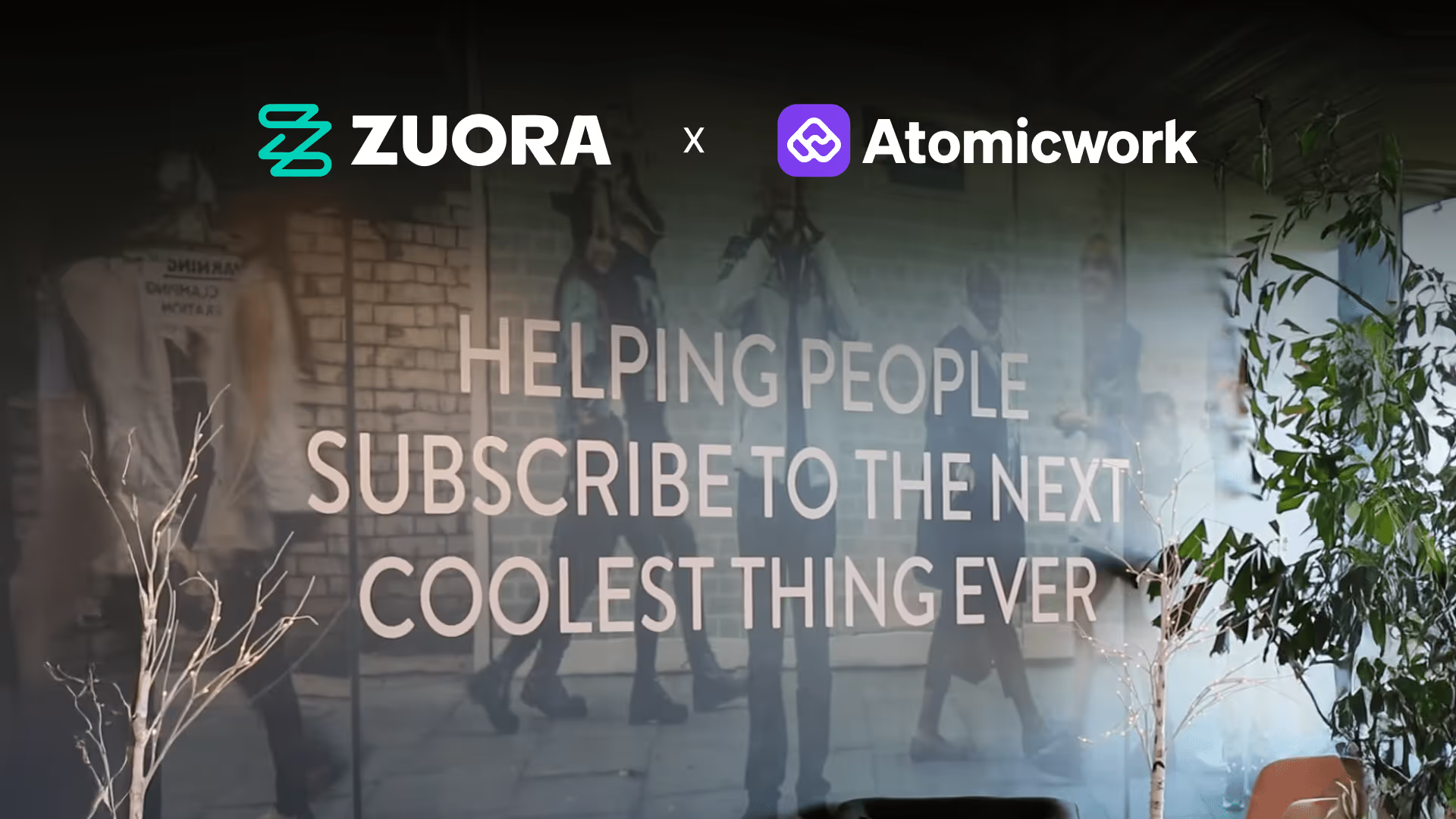From Reactive to Proactive Support: A smarter path for service desks

Over coffee the other day, a friend of mine, who heads the service desk at an IT company, was casually scrolling through Outlook on his phone.
He opened the weekly ticketing report and said, “528 tickets closed this week.” On paper, the team was performing well. But then he looked up and said, “We’re closing so much… and yet, it doesn’t feel like we’re making progress.”
By all traditional metrics, they were flying. But here’s the catch: over 200 were access requests. Another 150 were password requests.
The rest? A cocktail of expired certificates, basic onboarding setups, and document pulls.
These weren’t IT problems. These were patterns: repetitive, predictable, and ready to be redesigned.
And yet, the team was exhausted. Because solving the same thing every day doesn’t feel like progress. It feels like… survival.
The hidden cost of repetition
In service management, we’ve long tracked the visible metrics: ticket volume, average handling time, SLA compliance.
But the real inefficiencies often sit outside the dashboard:
- Talent burnout from low-value work
- Frustrated users bypassing IT
- Innovation stalled by operational overload
- Valuable minds trapped in reactive loops
The real question isn’t “How fast did we respond?”; It’s: “Why did this request exist in the first place?”
A mindset shift (Not just another tool shift)
If we want our service desks to evolve, we need to move from resolution speed to resolution strategy.
Some thought starters for innovative IT Leaders include:
- Eliminate > Automate > Delegate
If a request can be eliminated entirely, that’s the highest ROI. Automation comes second. Delegation last. - Service design thinking
Design support like a product. Identify friction. Measure usage. Improve the journey. - From SLAs to XLAs
Focus not just on time-to-close, but on time-to-confidence. Was the experience smooth? Did it empower? - Agentic behaviors over agent volume
It’s not about how many agents you have. It’s about how intelligently the system responds, even without human involvement. - Give teams time to think
Value creation doesn’t happen in ticket queues. It happens in spaces where people can reflect, redesign, and remove the unnecessary.
What leading teams are doing
The most forward-thinking service organizations today aren’t just adding more agents or dashboards. They’re re-architecting the way work happens.
Here’s what they’re doing differently:
- Running “No-TT’s (Ticket Thursdays)”
A dedicated day to step back from daily firefighting and focus on eliminating root causes and simplifying workflows. - Auditing top 10 recurring issues every month
Instead of accepting high-volume requests as "normal," they treat them as signals for design failure and fix the process upstream. - Replacing L1 resolution with intelligent systems
Low-value, repetitive tasks like password resets, file access, and policy queries are being handled by AI-powered workflows, drastically reducing dependency on manual triaging. - Introducing Agentic AI
Not just basic chatbots, but context-aware digital agents that can interpret requests, take action end-to-end, and continuously learn from patterns. These agents are now acting as the first responders by resolving and not routing. - Measuring experience, not just time
Shift from SLA (speed - how fast did we respond) to XLA (experience - how smooth was the journey). The goal is not speed alone, but seamless resolution. Measure confidence, clarity, and delight—not just closure. - Enabling human-centric work
By freeing teams from repetitive tickets, they're enabling more strategic work like automation design, user education, knowledge base enhancement, and solving real business problems.
These teams are not replacing people, they’re returning purpose to them.
Redefining the Why - Support that shapes culture
Your service desk isn’t just a support function. It’s a cultural signal.
It tells your employees whether their time matters, whether IT is a gatekeeper or a guide, whether innovation is encouraged, or just a word on a poster.
Maybe it’s time we stop solving the same problems faster…and start solving the right problems at the source, once.
After interacting with a wide range of IT Service Management leaders and spending years on the frontlines myself one thing has become painfully clear:
- Brilliant minds are stuck in broken systems
- Innovation is suffocated by outdated processes
- Support teams are burning out just to keep the lights on
Meanwhile, the world outside is moving toward faster, smarter, and more automated support.
These aren’t isolated issues; they’re systemic and often overlooked.
I’ve captured these real-world IT Service management implementation challenges and the silent struggles IT organizations face in my newly launched book ‘IT Unchained’.
This isn’t another framework-heavy manual. It’s filled with use cases, human stories, and leadership reflections; it is for all who feel the gap between how IT works today and how much better it could be. If this resonates with you, I’d be delighted if you gave it a read!!
“IT Unchained - A Journey Beyond Technology ” book is available on Amazon.
Frequently asked questions

Faq answer paragraph

Faq answer paragraph

Faq answer paragraph

Faq answer paragraph

Faq answer paragraph

Faq answer paragraph

Faq answer paragraph

Faq answer paragraph

Faq answer paragraph

Faq answer paragraph
You may also like...


































